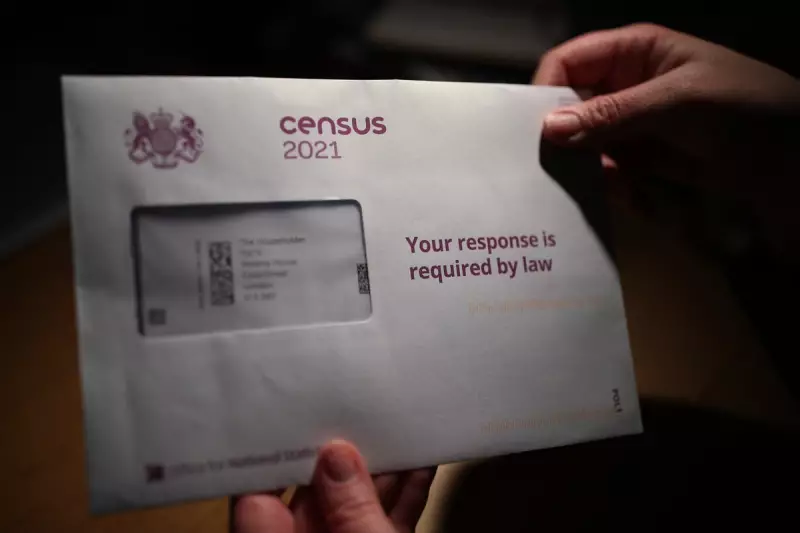
In a historic shift, Wales has recorded its first population decline in 170 years, according to the latest data from the Office for National Statistics (ONS). The census results reveal a 1.2% drop since 2011, marking a significant demographic change for the nation.
Key Findings from the Census
The ONS report highlights several critical trends:
- Wales' population fell to 3,107,500 in 2021, down from 3,063,456 in 2011.
- The decline contrasts with England's 6.5% population growth over the same period.
- Urban areas like Cardiff saw growth, while rural regions experienced sharper declines.
Implications for Wales
Experts warn that this demographic shift could have far-reaching consequences:
Public Services: A shrinking, aging population may strain healthcare and social care systems.
Economic Impact: Fewer working-age residents could affect local economies and tax revenues.
Political Representation: The decline may influence parliamentary seat allocations after the next boundary review.
What's Behind the Decline?
Analysts point to multiple factors:
- Lower birth rates compared to previous decades
- Increased emigration to other UK regions
- Changing migration patterns post-Brexit
- An aging population with higher mortality rates
The Welsh government has acknowledged the challenges, stating they are "carefully considering" the data's implications for future policymaking.





